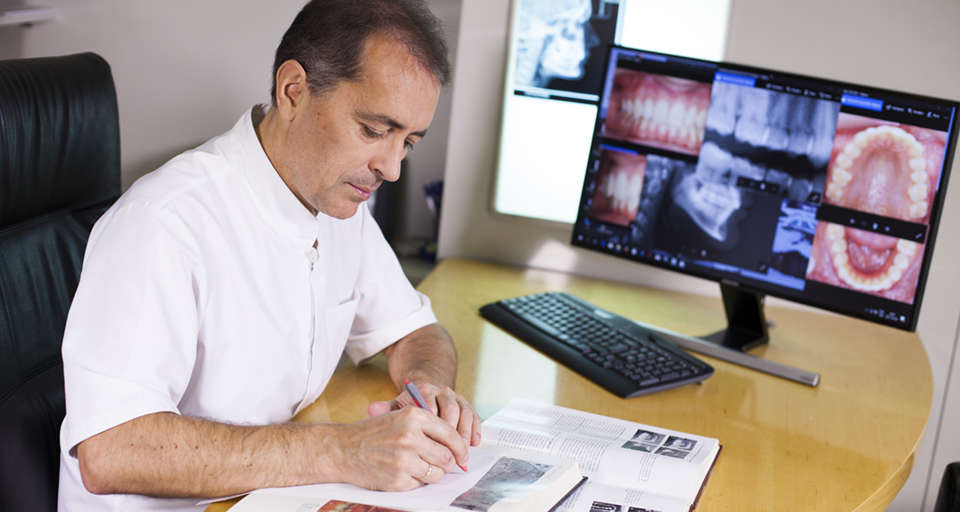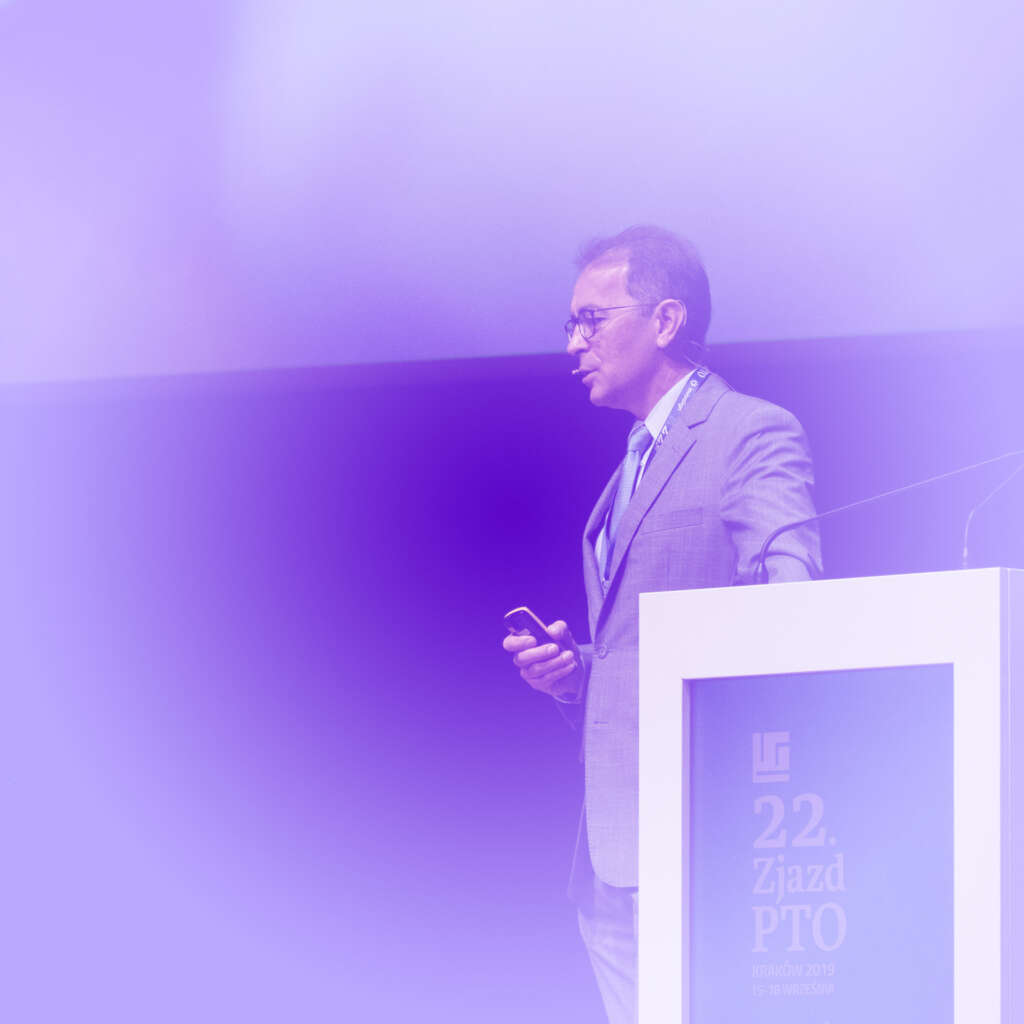Non-pharmacological interventions for alleviating pain during orthodontic treatment.
Written by admin on December 30, 2016
Cochrane Database Syst Rev. 2016 Dec 23;12(12):CD010263. doi: 10.1002/14651858.CD010263.pub2.
Fleming PS(1), Strydom H(2), Katsaros C(3), MacDonald L(4), Curatolo M(5),
Fudalej P(6), Pandis N(3).
Author information:
(1)Barts and The London School of Medicine and Dentistry, Institute of Dentistry, Queen Mary University of London, New Road, London, UK, E1 1BB.
(2)Strydom Orthodontics Inc, 15 Kildare Rd, Newlands, Cape Town, South Africa, 7700.
(3)Department of Orthodontics and Dentofacial Orthopedics, University of Bern, Freiburgstr. 7, Bern, Switzerland, CH-3010.
(4)Cochrane Oral Health, Division of Dentistry, School of Medical Sciences, Faculty of Biology, Medicine and Health, The University of Manchester, J R Moore Building, Oxford Road, Manchester, UK.
(5)Department of Anesthesiology and Pain Medicine, University of Washington, Seattle, USA, 98195.
(6)Department of Orthodontics, Institute of Dentistry and Oral Sciences, Faculty of Medicine and Dentistry, Palacky University Olomouc, Palackého 12, Olomouc,
Czech Republic, 772 00. Update of doi: 10.1002/14651858.CD010263.
BACKGROUND: Pain is prevalent during orthodontics, particularly during the early stages of treatment. To ensure patient comfort and compliance during treatment, the prevention or management of pain is of major importance. While pharmacological means are the first line of treatment for alleviation of orthodontic pain, a range of non-pharmacological approaches have been proposed recently as viable alternatives.
OBJECTIVES: To assess the effects of non-pharmacological interventions to alleviate pain associated with orthodontic treatment.
SEARCH METHODS: Cochrane Oral Health’s Information Specialist searched the following databases: Cochrane Oral Health’s Trials Register (to 6 October 2016), the Cochrane Central Register of Controlled Trials (CENTRAL) (the Cochrane Library, 2016, Issue 9), MEDLINE Ovid (1946 to 6 October 2016), Embase Ovid (1980 to 6 October 2016) and EThOS (to 6 October 2016). We searched ClinicalTrials.gov and the World Health Organization International Clinical Trials Registry Platform for ongoing trials. No restrictions were placed on the language or date of publication when searching the electronic databases.
SELECTION CRITERIA: Randomised controlled trials (RCTs) comparing a non-pharmacological orthodontic pain intervention to a placebo, no intervention or another non-pharmacological pain intervention were eligible for inclusion. We included any type of orthodontic treatment but excluded trials involving the use of pre-emptive analgesia or pain relief following orthognathic (jaw) surgery or dental extractions in combination with orthodontic treatment. We excluded split-mouth trials (in which each participant receives two or more treatments, each to a separate section of the mouth) and cross-over trials.
DATA COLLECTION AND ANALYSIS: At least two review authors independently assessed risk of bias and extracted data. We used the random-effects model and expressed results as mean differences (MD) with 95% confidence intervals (CI). We investigated heterogeneity with reference to both clinical and methodological factors.
MAIN RESULTS: We included 14 RCTs that randomised 931 participants. Interventions assessed included: low-level laser therapy (LLLT) (4 studies); vibratory devices (5 studies); chewing adjuncts (3 studies); brain wave music or cognitive behavioural therapy (1 study) and post-treatment communication in the form of a text message (1 study). Twelve studies involved self-report assessment of pain on a continuous scale and two studies used questionnaires to assess the nature, intensity and location of pain.We combined data from two studies involving 118 participants, which provided low-quality evidence that LLLT reduced pain at 24 hours by 20.27 mm (95% CI -24.50 to -16.04, P < 0.001; I² = 0%). LLLT also appeared to reduce pain at six hours, three days and seven days.Results for the other comparisons assessed are inconclusive as the quality of the evidence was very low. Vibratory devices were assessed in five studies (272 participants), four of which were at high risk of bias and one unclear. Chewing adjuncts (chewing gum or a bite wafer) were evaluated in three studies (181 participants); two studies were at high risk of bias and one was unclear. Brain wave music and cognitive behavioural therapy were evaluated in one trial (36 participants) assessed at unclear risk of bias. Post-treatment text messaging (39 participants) was evaluated in one study assessed at high risk of bias.Adverse effects were not measured in any of the studies.
AUTHORS’ CONCLUSIONS: Overall, the results are inconclusive. Although available evidence suggests laser irradiation may help reduce pain during orthodontic treatment in the short term, this evidence is of low quality and therefore we cannot rely on the findings. Evidence for other non-pharmacological interventions is either very low quality or entirely lacking. Further prospective research is required to address the lack of reliable evidence concerning the effectiveness of a range of non-pharmacological interventions to manage orthodontic pain. Future studies should use prolonged follow-up and should measure costs and possible harms.
DOI: 10.1002/14651858.CD010263.pub2
PMCID: PMC6463902
PMID: 28009052 [Indexed for MEDLINE]
Conflict of interest statement: Padhraig S Fleming: none known Nikolaos Pandis: none known Hardus Strydom: none known Christos Katsaros: none known Laura MacDonald: none known Michele Curatolo: none known Piotr Fudalej: none known




